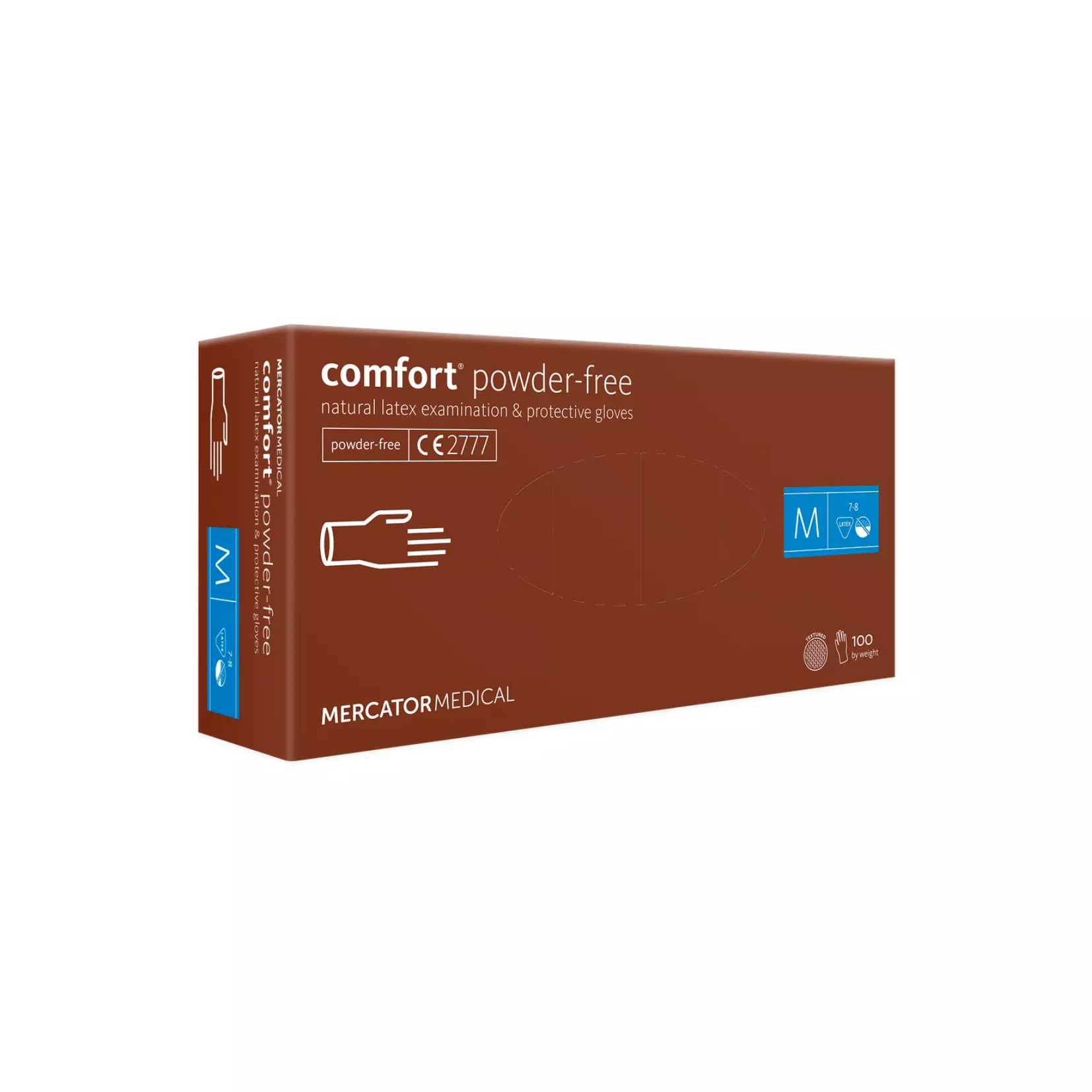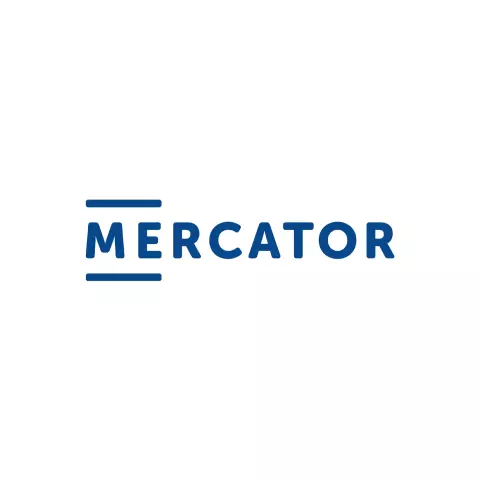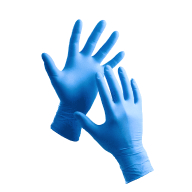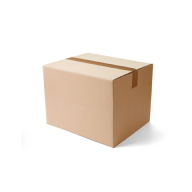Comfort Powder-free
5.0 / 5
Product description
The product description has not been specified
About Disposable Latex Gloves
Disposable Latex Gloves are single-use hand coverings made from natural rubber, offering excellent elasticity and tactile sensitivity. Perfect for medical examinations, food handling, and cleaning tasks, these gloves provide reliable barrier protection while maintaining dexterity and comfort during use.
Standards and labels
Mercator delivery terms
Free delivery for all Mercator products
Prices excl. VAT
38,28 €
Price per 10 packages (1 000 pcs)
3,83 € / 100 pcs
Estimated delivery: Wed Sep 24 - Fri Sep 26
Minimum: 63 cartonsChoose quantity
XS
S
M
L
XL
Add 63 to reach minimum
Free delivery
A carton contains 10 packages (1 000 pieces)
View packaging details



